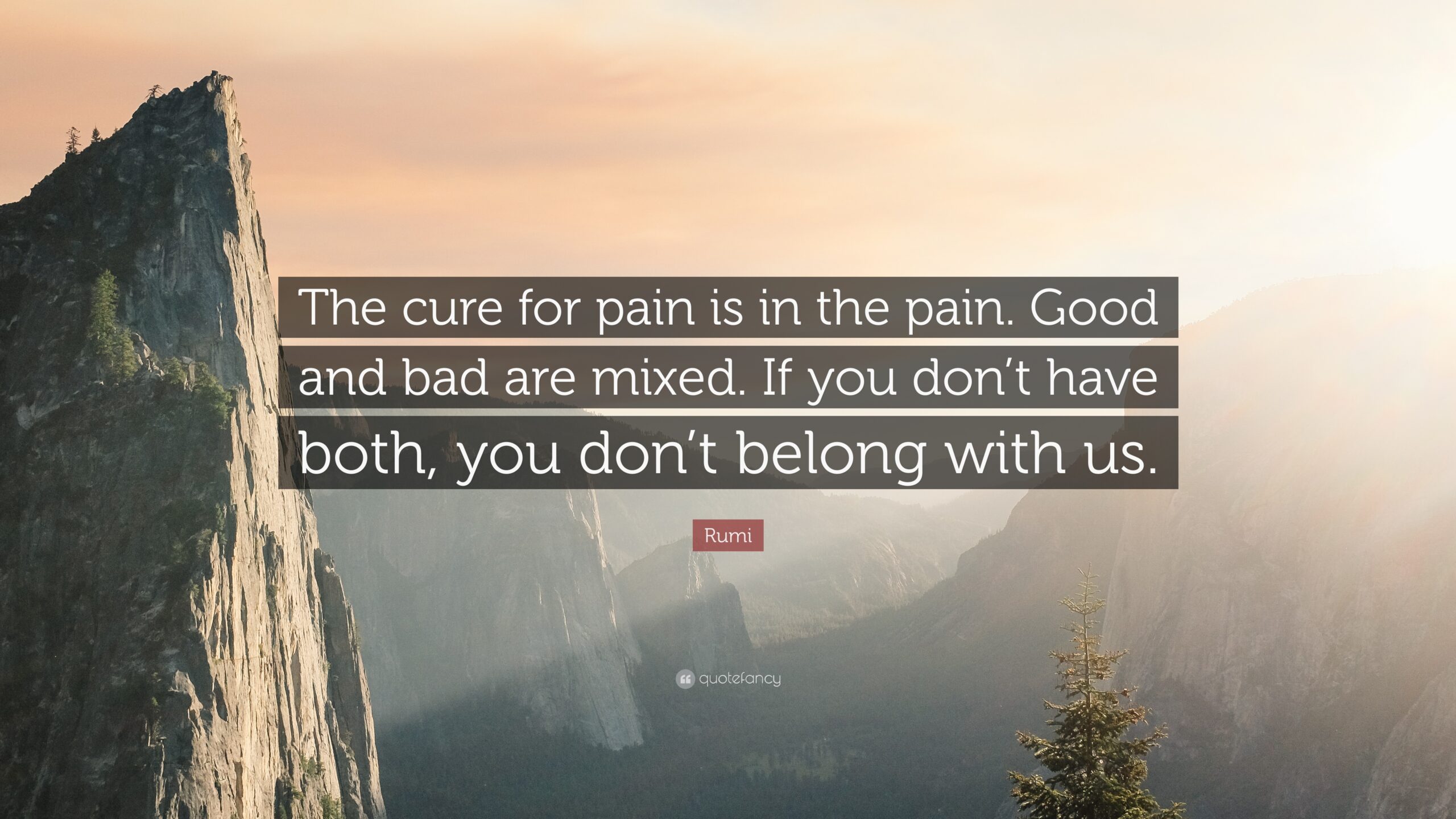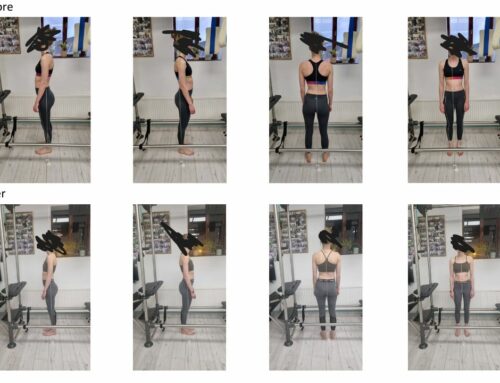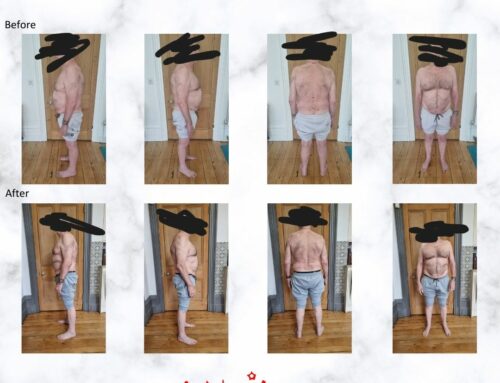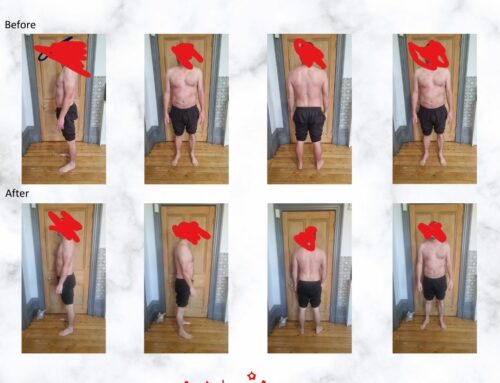What exactly did Rumi mean with: “The cure for pain is in the pain?” Whether it be physical, mental or emotional pain we all run away from it. We are geared towards everything pleasant in life and to steer away from anything unpleasant, it’s human instinct. Avoidance is hardwired into us as a route of survival.
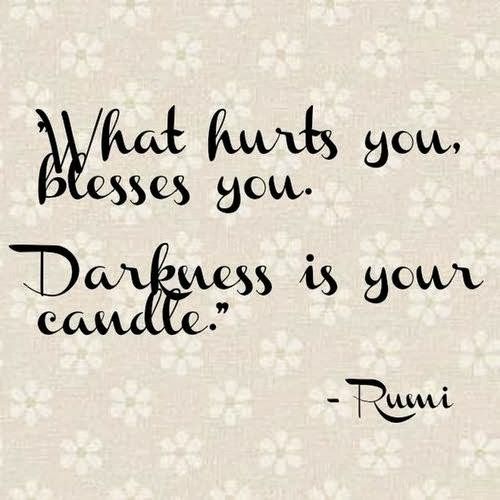
If we are training animals or babies we tend to use a reward (unhealthy food), a treat, a loud noise, an object or a gift to settle and calm that animal or baby down. Once we hit adulthood, when we sense any sort of discomfort, guilt, shame or vulnerability, we have a habit of throwing ourselves into distraction. I see this time and time again with pain patients and distractions can be anything from doing more, spending lots of money on everyone to fix them, or pursuing anything to just keeping themselves busy in order to numb the symptoms of facing up to the pain. This is why our studio are not a ‘work out’ and a series of fitness exercises but a ‘work in’, encouraging us to be present in the moment, slowing down, exploring the method, being conscious and learning to feel.
Here are four techniques that we all do to avoid pain:
- Externalise: make it about something out there that is annoying, frustrating or stupid.
- Intellectualise and generalise: stay in the head and deal with it from there feels safe.
- Eat: usually something that feels like a treat. We replace the original feeling with the feeling generated by eating– so it is a break from the pain.
- Drugs, alcohol, work, TV watching, playing games, shopping.
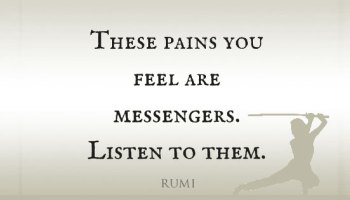
We tend then to get treated for our pain through therapists, medical professionals, pharmaceutical drugs and gimmicks. And guess what the pain may disappear short term but return again and stay longer next time.“What we resist persists.” Avoidance strategies will work short term but they can become a problem in our daily functioning life. The avoidance tactic is also used when we have trauma, it’s a little like avoiding the thorn bush in the bed and sleeping in a different position.
When we actually learn to be present and alert with the pain, mindfulness then develops. Mindfulness teaches us to experience life in a different way. Its traits are being non-judgemental and allowing curiosity and kindness. We need these attitudes to nurture and soothe the body. I have learnt something from every single pain situation that I have been in my life. Sometimes the pain Doctor comes along to tell us to stop, slow down and listen and become aware of sensations and be conscious. There is always a gift in pain if you are ready to listen and receive.
Be wary of our thoughts with pain – ‘Where intention flows, energy goes’.
Lynne McTaggart refers to research below found in the ‘Journal of scientific Exploration’ in the title ‘Human Consciousness influence on water structure’.
A study of meditators sent an intention to affect the molecular structure of water that they were holding during ameditation. When the water was examined by a spectrophotometry, many of its essential qualities , particularly its absorbance of light as a specific wavelength, had been significantly altered. She concluded when someone holds a focused thought, they may be altering the very molecular structure of the object of intention.
Dr.Emoto tells of a family who after reading his magazine conducted an experiment based on his water crystal work, but instead they used rice. They put it in two glass jars and every day for a month they said ‘Thankyou to one’ and ‘You fool’ to the other jar. They then monitored how the rice changed . After a month the rice was told ‘Thank-you’ started to ferment with a mellow smell like that of malt, but the rice that was told ‘you fool’ rotted and turned black.
As a result of Dr.Emoto publishing this anecdote , hundreds of families throughout Japan conduted this experiment for themselves –with everyone reporting the same results. Overall he came the conclusion that the resonance of positive words of the energy of human consciousness has the power not only to change water but other substances too.
And other substances including living organisms, Lynne McTaggart concludes.
The largest and most persuasive body of research has been amassed by William Braud , a psychologist and research director of the mind science foundation in San Antonio, Texas, and later, the institute of transpersonal psychology. Braud and his colleagues demonstrated that human thoughts can affect the direction of fish swmming , and movement of other animals such as gerbils, and the breakdown of cells in the laboratory.
These examples illustrate the importance of attention and intention. Wherever you place your intention awareness, dynamic energy follows. This energy can either be life supporting or fragmenting and destructive.
The key thing is to hold the experience in the attitude just mentioned (kindness, allowing, non-judging and curiosity) and for a body sensation or feeling we can give it the RAIN (Recognise, Allow, Investigate and Non-Identify) treatment.
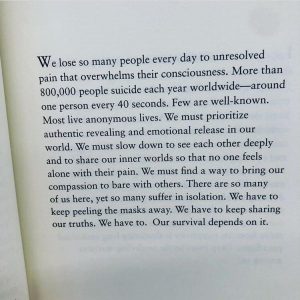
Exert form Jeff Brown
Bibliography
The Mindfulness Clinic – Australia
‘Dousing ‘ Elizabeth Brown
Paul Chek

